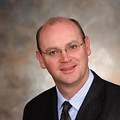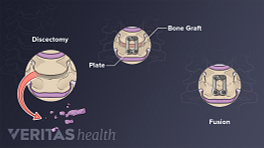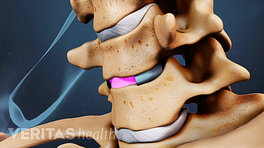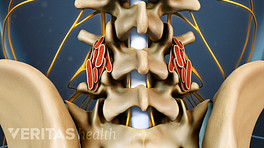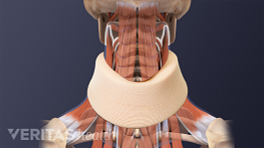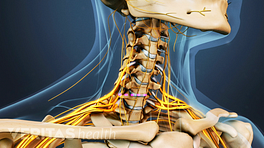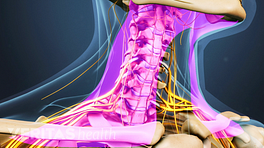Anterior cervical discectomy and fusion, or ACDF, is a common type of neck surgery to address pain and other symptoms caused by cervical disc problems.
See ACDF: Anterior Cervical Discectomy and Fusion and Outpatient Anterior Cervical Discectomy and Fusion (ACDF)
After an ACDF, most patients are able to go home the day of the surgery or the next day, so most of the recovery time is spent at home. This article provides a review of the typical considerations and instructions for ACDF postoperative care and rehabilitation.
In This Article:
- ACDF Surgery Postoperative Care
- Hospital Care After ACDF Surgery
- 1 to 2 Weeks After ACDF Surgery
- Pain Management at Home after ACDF
- 3 Weeks to 3 Months After ACDF Surgery
Guidelines for ACDF Recovery
Initially, recovery after an ACDF emphasizes pain control—usually with narcotic pain medications—and walking. The patient will typically start walking the day of the surgery in order to promote healing and prevent potential complications.
See Noninvasive Pain Management Techniques
After about a week using narcotic pain relievers, the patient may shift gradually to non-narcotic pain medication, usually acetaminophen, or Tylenol. Certain pain medications should be avoided for the first several months after surgery. This includes the common NSAIDs: Non-Steroidal Anti-Inflammatory Drugs, such as aspirin, ibuprofen, naproxen, and COX-2 inhibitors.
In the first week at home, certain activities are restricted. For example, the patient needs to avoid turning the head sharply to the side, lifting anything heavy, and bending over. Driving must be avoided while the individual is taking narcotic pain medication or muscle relaxers. Patients are advised to move carefully, but a daily walking program is usually recommended.
See Exercise Walking for Better Back Health
While it is not the rule, sometimes the patient may be fitted with a neck brace to avoid unsafe movement and enhance stability. If this is the case, the patient will be shown how to put the brace on and take it off, and will be given instructions on how much and when to wear it.
Smoking Jeopardizes Recovery
If the individual has smoked in the past, it is vital that smoking not be resumed following surgery. Smoking, or any type of nicotine intake (including second-hand smoke), increases the risk of complications and interferes with the bone-healing process required for a successful fusion.
Activity can gradually be increased during recovery, and physical therapy is often helpful in this effort. Two to three months in physical therapy is common. In addition to offering guidance on safe ways to perform everyday tasks at home, physical therapists also can suggest ways to protect the neck before returning to work.
See Manual Physical Therapy for Pain Relief
In most cases, the fusion is set within 3 to 6 months.

